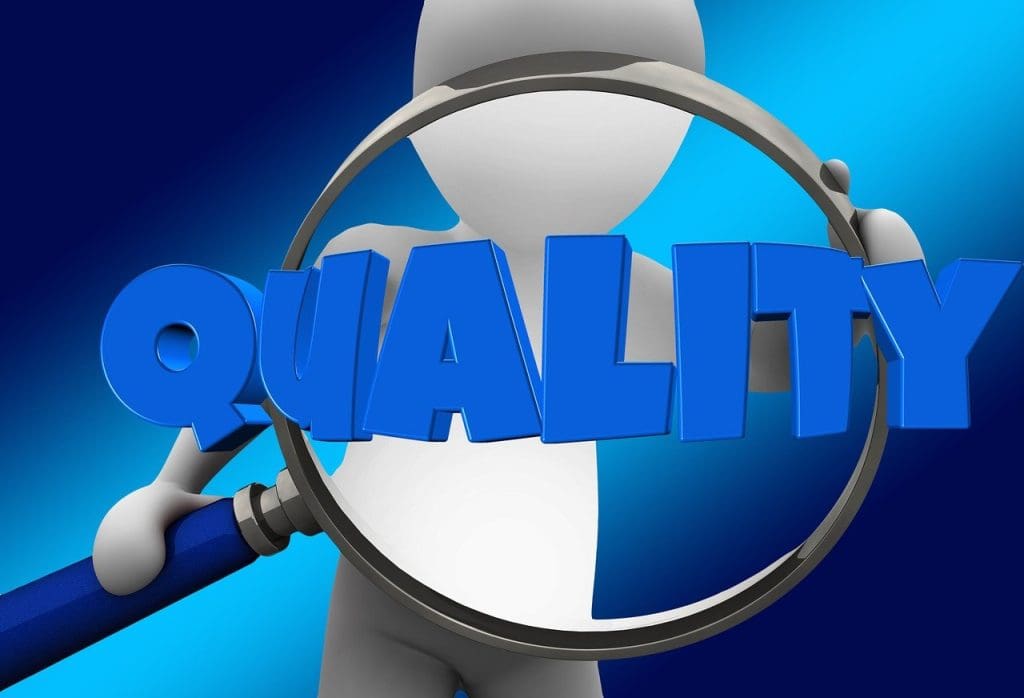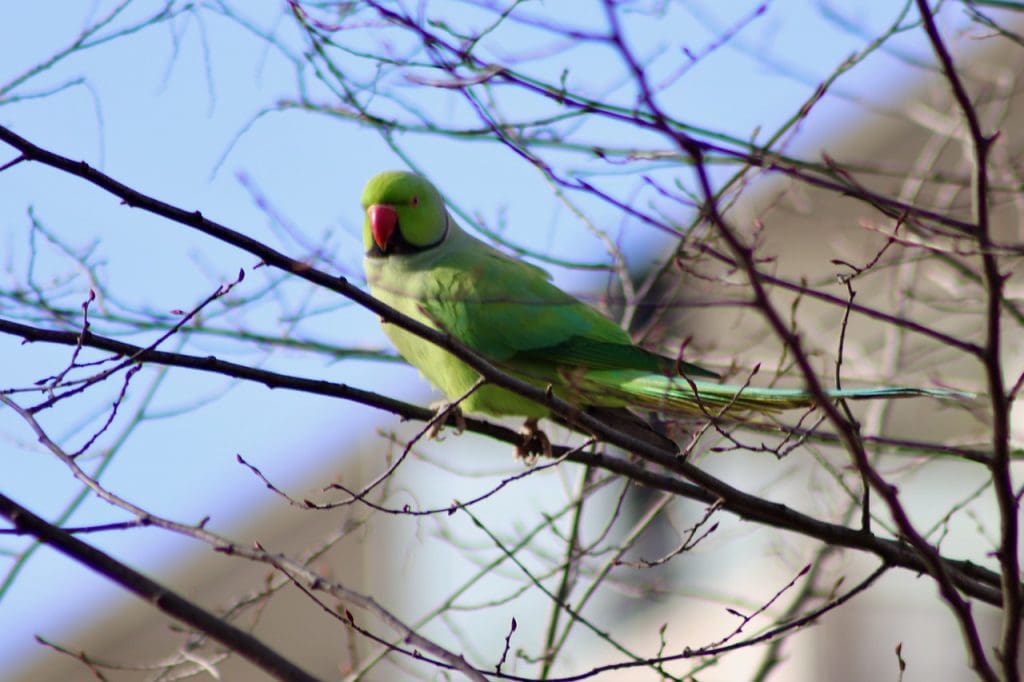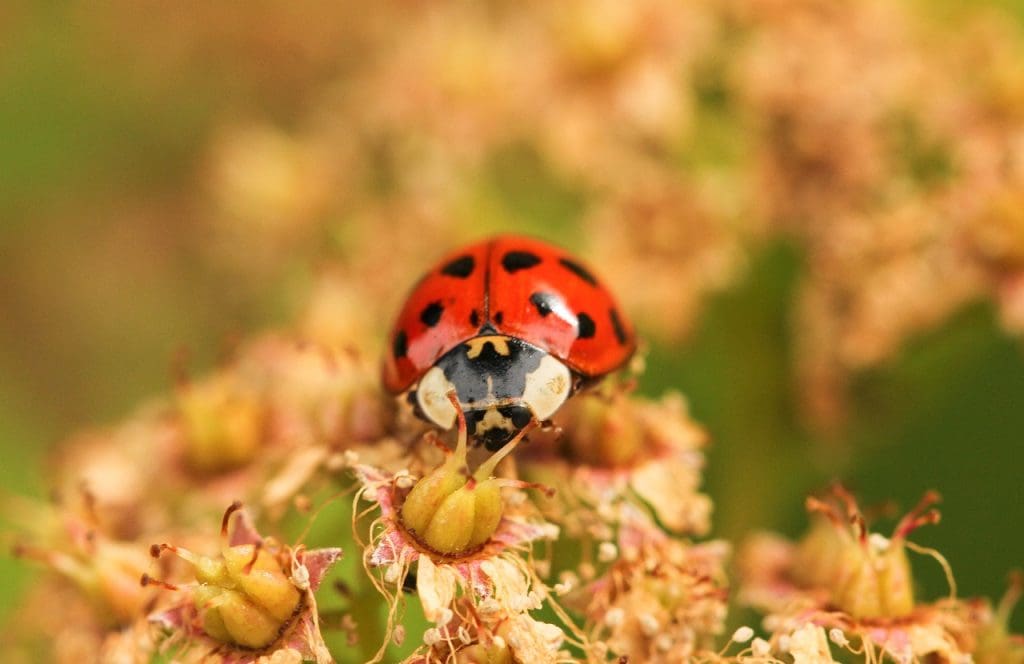Welcome to a friendly guide on managing alligator weed and restoring harmony in your ecosystem! In “Top Ways To Restore Balance In Your Ecosystem By Controlling Alligator Weed,” you’ll discover practical and effective strategies to curb this invasive plant’s spread. By following these top methods, you’ll learn how to protect your local flora and fauna, enhance water quality, and maintain a balanced environment. Dive in and find out how you can make a positive impact on your surroundings! Have you been struggling with the persistent invasion of alligator weed in your local ecosystem? It can be frustrating to see this aggressive species taking over, disrupting balance, and threatening native plants and wildlife. But don’t worry—there are effective ways to combat this pesky intruder and restore harmony to your environment.
Understanding Alligator Weed
Before diving into the methods of controlling alligator weed, it’s essential to understand what it is and why it poses a significant threat.
What is Alligator Weed?
Alligator weed (Alternanthera philoxeroides) is a perennial aquatic plant native to South America. It can grow in a variety of conditions—whether submerged, floating, or rooted in soil.
Why is Alligator Weed a Problem?
Alligator weed is considered an invasive species because it has the capability to outcompete native plants, clog waterways, disrupt irrigation systems, and degrade water quality. This can lead to a diminishment of both biodiversity and ecosystem function.
How to Identify Alligator Weed
Recognizing alligator weed is the first step in its control. It typically has:
- Lance-shaped leaves
- Hollow, multi-branched stems
- Small white flowers that look somewhat like clover heads

The Importance of Controlling Alligator Weed
Mitigating the spread of alligator weed is crucial for several reasons.
Protecting Biodiversity
Invasive species often outcompete native plants, leading to a loss of native biodiversity. This can negatively impact local wildlife that depends on native flora for food and shelter.
Maintaining Water Quality
Alligator weed can clog waterways, affecting the flow and quality of water. This can lead to problems like increased flooding, diminished fish populations, and disrupted irrigation systems.
Preventing Economic Losses
From clogged irrigation systems to reduced crop yields, alligator weed can cause significant economic damage, especially in agricultural areas.

Top Ways to Control Alligator Weed
There are several methods you can employ to control the spread of alligator weed. Each method has its pros, cons, and ideal conditions for use.
Mechanical Control
Mechanical methods involve physically removing the weed from the environment.
Manual Removal
Pros:
- Highly targeted
- No chemicals involved
Cons:
- Labor-intensive
- Risk of regrowth if root system isn’t completely removed
Mechanical Harvesting
Using specialized machinery to remove large infestations can be effective, particularly in aquatic environments. Harvesters can cut and remove large biomass, but they tend to be expensive and may not pull up the entire root system, leading to regrowth.
Biological Control
Biological control involves using natural predators or pathogens to manage the weed.
Introducing Insects
Certain insects, such as the alligator weed flea beetle (Agasicles hygrophila) and the alligator weed thrips (Amynothrips andersoni), can effectively control the plant by feeding on its leaves and stems.
Pros:
- Eco-friendly
- Long-term solution
Cons:
- Can take time to establish
- Risk of non-target effects on other plants
Chemical Control
Chemical methods involve the use of herbicides to kill the weed.
Herbicide Treatments
Herbicides like glyphosate and imazapyr can be effective but must be used carefully to avoid contaminating water supplies and affecting non-target species.
Here is a comparison of commonly used herbicides:
| Herbicide | Effectiveness | Application Method | Environmental Risks |
|---|---|---|---|
| Glyphosate | High | Spraying | Can affect non-target species |
| Imazapyr | Moderate | Soil and foliage application | Long residual effect, potential water contamination |
| Diquat | Moderate | Spraying or root injection | Rapid but short-term effect |
Integrated Management
Integrating multiple methods is often the most effective approach. For instance, you could start with mechanical removal followed by biological control to address any regrowth.
Developing an Integrated Plan
Creating a comprehensive strategy tailored to your ecosystem’s specific needs can yield the best outcomes. Collaborate with local environmental agencies to develop an integrated management plan.
Monitoring and Maintenance
After implementing control measures, monitoring the area for regrowth is essential. Scheduled follow-up treatments, whether mechanical, biological, or chemical, can help sustain the effectiveness of your management plan.

Considerations and Best Practices
Effective alligator weed control involves more than just choosing the right methods. Here are some additional considerations to keep in mind:
Timing
The timing of control measures can be critical. For example, mechanical removal may be most effective during certain seasons when the water level is low.
Safety
Always prioritize safety, especially when applying herbicides. Follow all label instructions and wear the appropriate protective gear.
Environmental Impact
Weigh the pros and cons of each method to minimize potential environmental impacts. For instance, using chemical controls may require additional measures to protect nearby non-target species and water sources.

Conclusion
Controlling alligator weed is essential for restoring balance to your ecosystem. By understanding the different methods available—mechanical, biological, chemical, and integrated—you can take targeted action to mitigate its impact. Continuous monitoring, proper timing, and adherence to best practices will ensure that your efforts are effective and sustainable. It may take some effort, but reclaiming your ecosystem from alligator weed is undoubtedly achievable and worth it.

